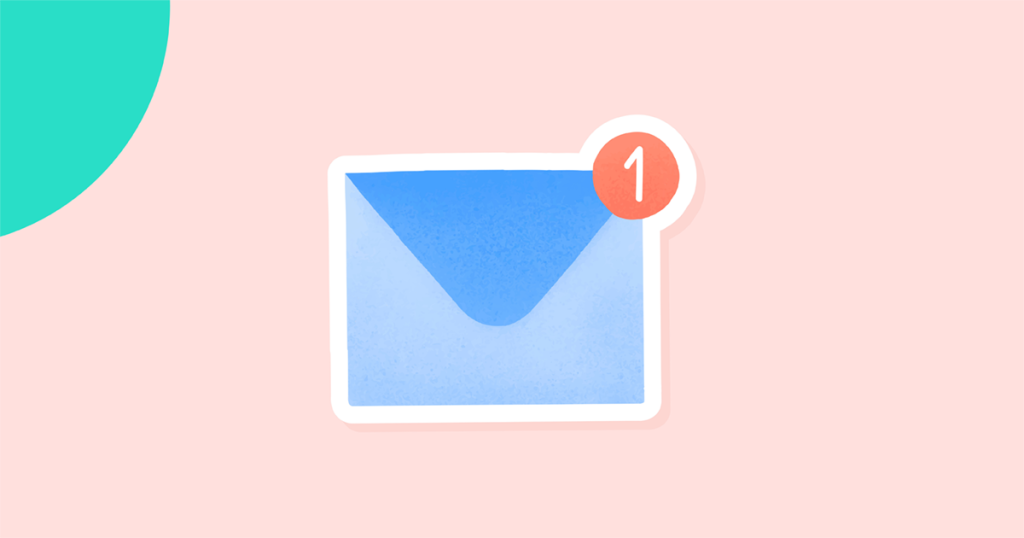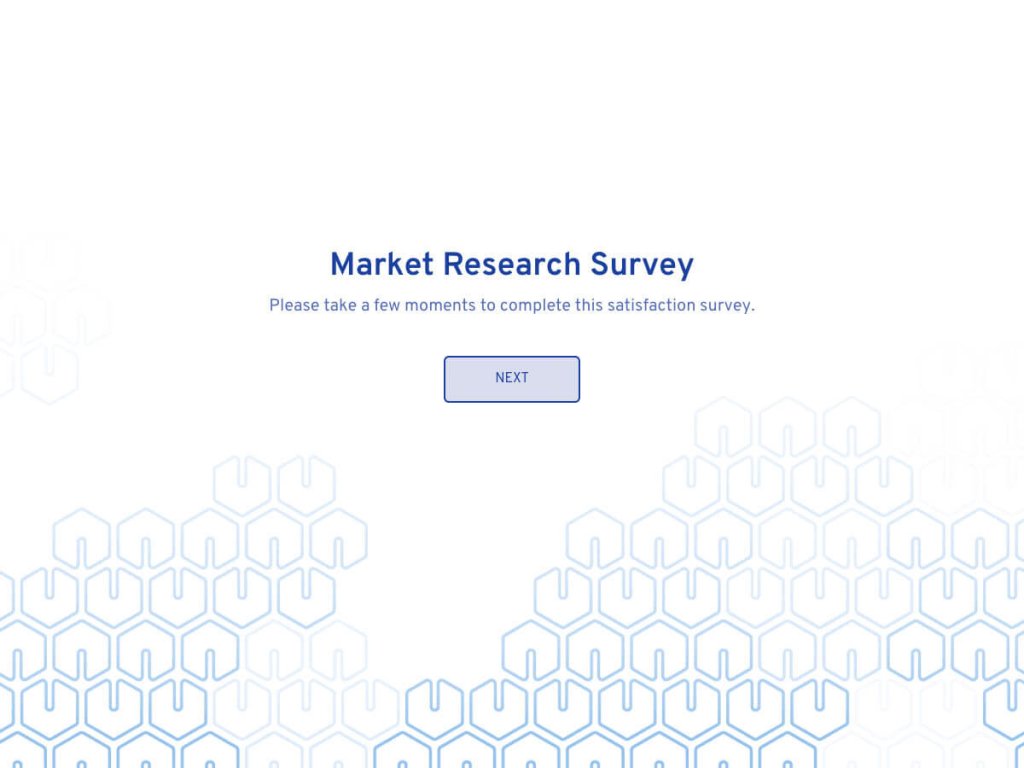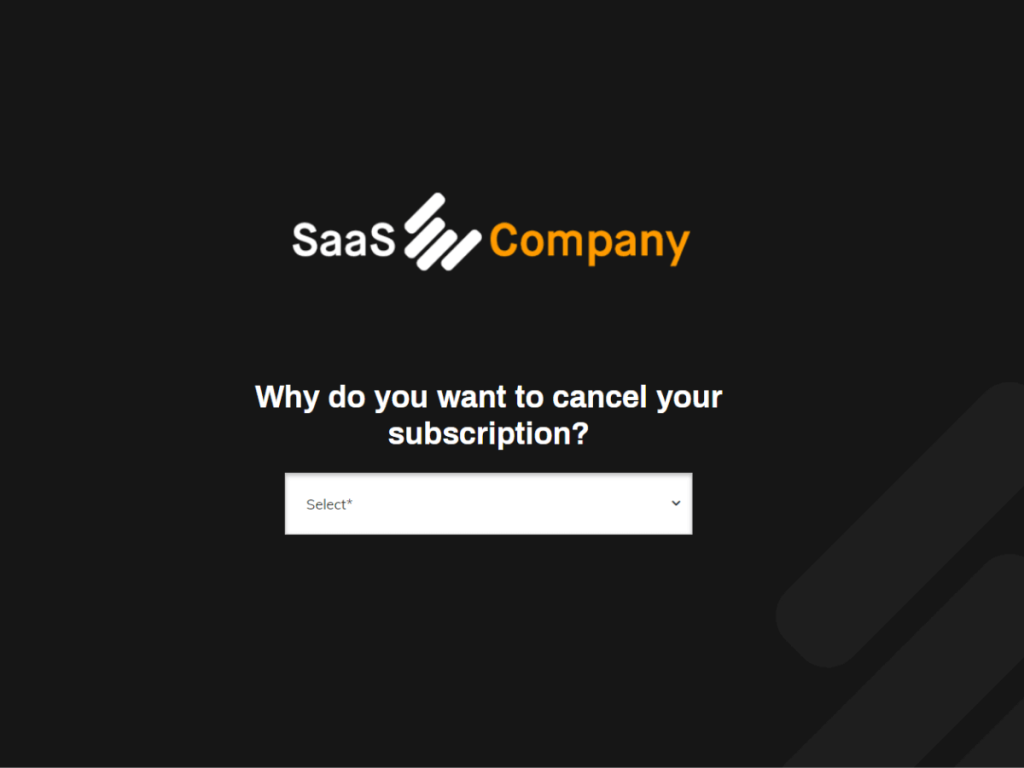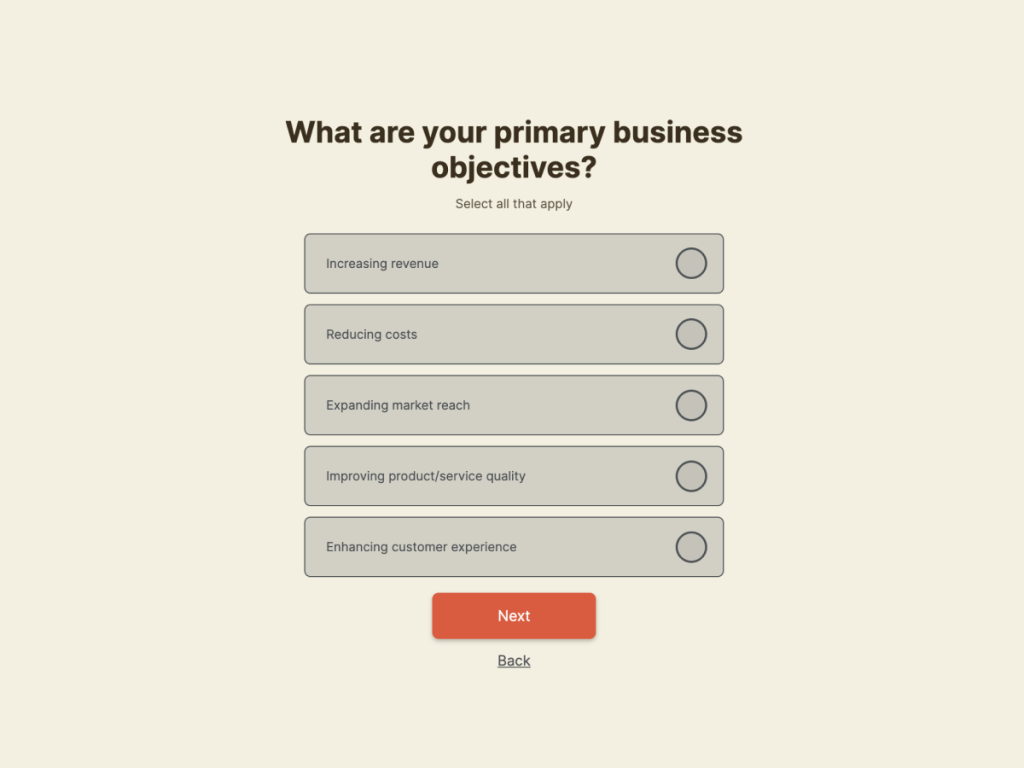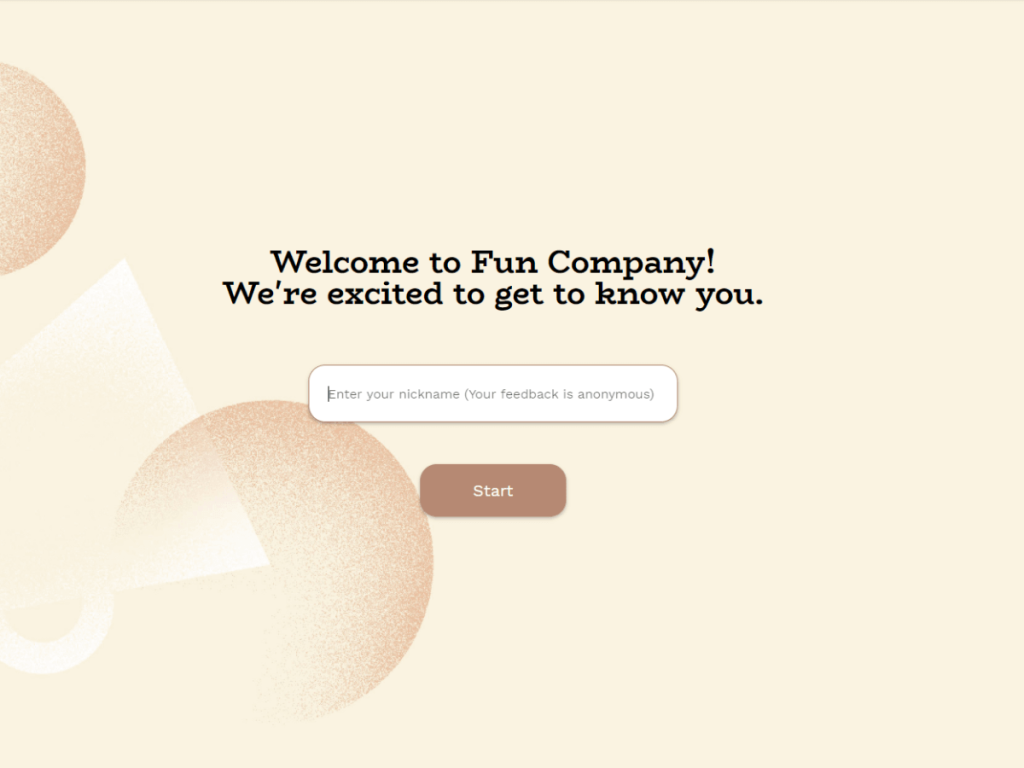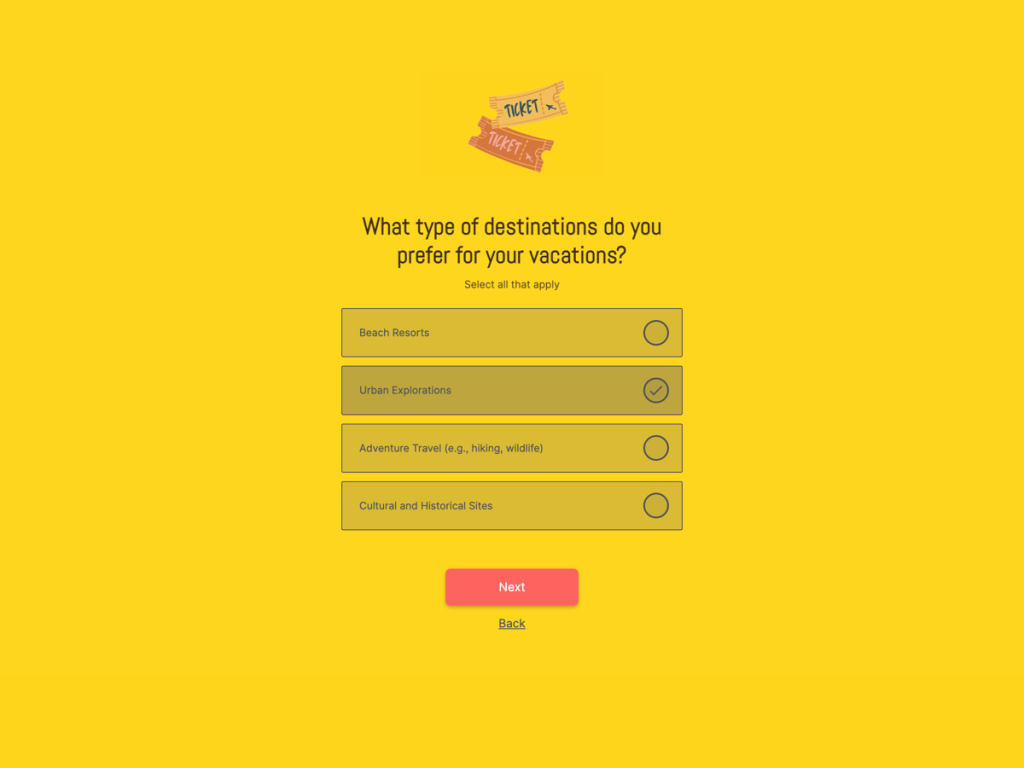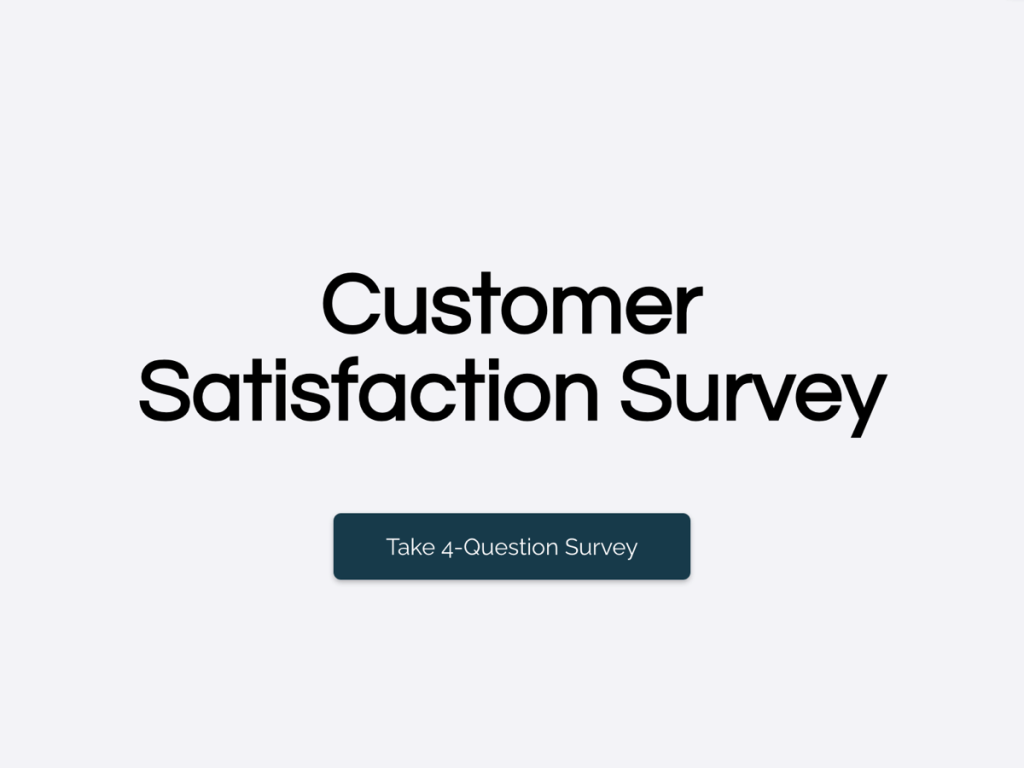Email is the biggest driver of sales. It’s the easiest, most low-effort way to turn your audience into paying customers. But how do you unlock this magic? it's not as easy as it may seem.
Let’s look at some fantastic follow up emails and find out why they work well.
In this digital age where written messages are often the most convenient and considerate form of communication, you likely come across or craft messages along the lines of:
"Hope you’re doing well, just checking in on..."
"Just wanted to see how things are going and check in..."
“I’m just checking in to find out about…”
Phrases that include some version of the words ‘check in’ indicate a desire to follow-up on something. These expressions are frequently used in emails with the intention to request an update, close a deal, or convert a lead into a sale.
Unfortunately, phrases that simply imply following up carry no urgency. Consequently, emails containing these phrases rarely produce the desired outcome.
If you have ever sent an email to ‘check in’ with someone, you most likely wanted some sort of action taken by the recipient of your email. Whether your follow-up email was aimed to inquire about any updates, persuade a client to follow through with a purchase, or nurture a lead, you ideally want a prompt response to your email.
To persuade the recipient to open your message and reply to it at their earliest convenience, offer some sort of value for them. This urges the recipient to respond to your follow-up email.
So how exactly do you write a striking follow-up email that improves response and conversion rates?
Below you'll find some useful tips. We'll explore the essential factors to crafting an effective follow-up email that screams to be opened and convinces the recipient to take immediate action.
While we can't put words in your mouth (or in your emails), we will walk you through some guidelines and tips that will help you, with a little practice, a master of compelling emails.
Let's start!
Guidelines for Compelling Emails
1. Identify Your Goal for Reaching Out
Before you even start writing your follow-up email, ensure you know exactly what you hope to accomplish:
Are you trying to persuade the recipient to purchase your product or service?
Are you requesting a status update on a potential deal?
Is your follow-up email an invitation to continue the conversation?
Regardless of your objective, it’s important to clarify it for yourself in order to clearly convey the message in your email.
In the event that the goal of your follow-up email is to schedule another meeting or continue a conversation you previously had, clearly state what you wish to discuss. Afterwards, explain why the conversation would be valuable for the recipient as well.
If your goal is to obtain information about a topic that lacks clarity, explicitly identify the information that you require. Alternatively, your follow-up email’s goal could simply be to express gratitude to the recipient. Sending an email to thank your recipient makes them feel appreciated. It also encourages them to open emails from you in the future.
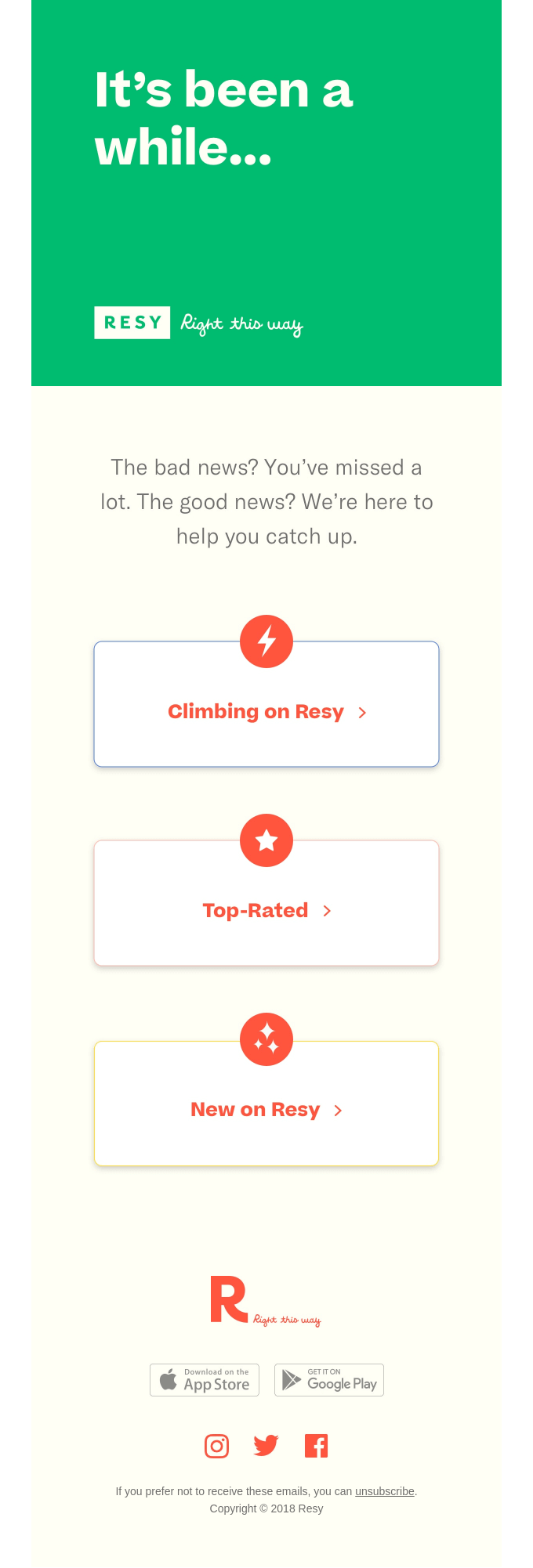
Another objective could be to reconnect with a client. In the email above, the sender attempts to catch up with the recipient. It provides options to explore the details of what they missed and read up on the latest updates from the sender.
2. Get in the Shoes of Your Recipients
If you set the stage right and truly consider the other side, you may be surprised how much easier it can get writing amazing emails that get the job done.
Think to yourself, who is the person I send the email to, where is he/she going to read the email (office, home, on the way), at what time is it likely they will look at it? (weekend, office hours, evening), is my audience very busy? (C-level managers, kitchen staff etc).
If you understand the environment in which your email will be received, you can start imagining how is it best to structure it.
3. Consider Their Time & Effort
Considering how valuable is the time of your recipient may not be a source of inspiration to your email content, but it will for sure help you to keep it short and crispy. Most people have no time to read long texts and if it gets to complicated, they will simply abandon it and move on to the next email.
"KISS" is a good guideline to keep in mind. It stands for "Keep it Simple, Stupid". Consider writing your sentences short, simple and as clear as possible. This way your recipients will understand clearly and quickly what you want from them.
Remember, respecting your audience's time doesn't only mean that you write short and concise emails, but also takes into account the time they need to invest in order to take action and reply to your request. Make it as simple and quick as possible and you will see your results improve dramatically.
4. Try to Be Unique - Make It Interactive? 😲
It is true that emails aren't known to be the most interactive experience there is. Emails full of text may be boring and difficult to read through. Being creative and unique could be a differentiator between a wasted email and one that gets results. Depending on the context , of course, you can consider adding some fun and interactive content to get your audience more compelled to take the desired action. If you need information from your recipients, for instance, why not ask them to complete a short quiz? This can be fun and engaging. You can try out involve.me and create awesome quizzes in a matter of minutes (and without coding at all!).
Try involve.me now --> It's Free! :)
5. Write to the Point
And now, as we have set our thoughts in the right direction, we can proceed to some tips for writing great content for your follow-up emails:
5.1. Come Up With An Irresistible Subject Line
There’s a lot of pressure on your subject line to convince the recipient to actually open the email. This is why it’s so important to get the subject line of your follow-up email right. While there is no exact guide on creating a subject line that captures the interest of your recipient, there are some strategies to consider when creating your own.

One of the most effective and common strategies employed by marketers in their subject line is urgency. A sense of urgency in your subject line encourages the recipient to open the follow-up email and take action as soon as possible. Phrases such as ‘Ending soon!’ and ‘Today only!’ convey this sense of urgency.

Alternatively, you can use your creativity to come up with a subject line that piques the reader’s curiosity. In the example above, the subject line, ‘It’s Like My Best-Kept Secret’ does a great job at appealing to the reader’s curiosity. What is the sender’s best-kept secret? Readers have no choice but to open the follow-up email to find out.
5.2. Write A Captivating Opener
With so many emails and so little time, most people quickly skim through emails. This means the first few lines of your follow-up email could determine whether the rest of your message is read or not. Therefore, it’s imperative to write an effective email opener.

The most effective email openers are direct yet unique in some way. Your recipient should be able to remember exactly who you are based on the first few lines of your email. In the example above, the company, Butter, opens their follow-up email with a pun.
It also goes on to thank the recipient for their support. To show their appreciation, they’re offering an exclusive 30% discount on their plans to the customer. This email not only delivers an effective opener, but it clearly provides value to the recipient.
5.3. State Your Intention Clearly
After identifying the goal of your follow-up email, it’s time to actually write it in your message. The purpose of your email should be evident to the reader. To better encourage a response and show your respect for their time, it’s crucial to be concise.
Explicitly define the intent of your message. If your intent is to update a client on the most recent product offerings, then state it in your email and provide links to the products. If your purpose is to thank the customer, ensure to specify what you’re thanking them for and emphasize your gratitude throughout your message.

In the example shown in the image above, the company Farewill clearly expresses their intent to thank the recipient for helping them win an award. To demonstrate their gratitude, they offer value to the person receiving the email in the form of a limited-time discount.
Although their main purpose is to thank the customer, they also include a second aim in their message: to introduce a new service offering. The email plainly states that they are now offering this service and effectively explains the value it provides.
5.4. Finish Up with a Call to Action
So your recipient read your email, got your overall point, but then what?
Again, write very clearly, what should they do next? Should they send you a confirmation? should they subscribe? Share with a friend? You get the point. Tell them exactly what you expect them to do. It may sound impolite, but hey, you want to save them time and mental effort. Here is an example from our side: Try involve.me now --> It's Free! :) . Let us know if this one got you in action ;).
Conclusion
Understanding how to craft an effective follow-up email is an essential skill as an email marketer. The good news is that there are plenty of templates available at your disposal to make this process easier.
Template or not, it’s important to identify your goal, create a strong subject line and opener, and clearly state your intention. These tips give your follow-up email the best chance of being opened, read, and responded to.
If you wish you explore the art of email writing further, check out our detailed article with tips on making survey emails your customers won't ignore or 9 Emails That Increase Customer Retention

